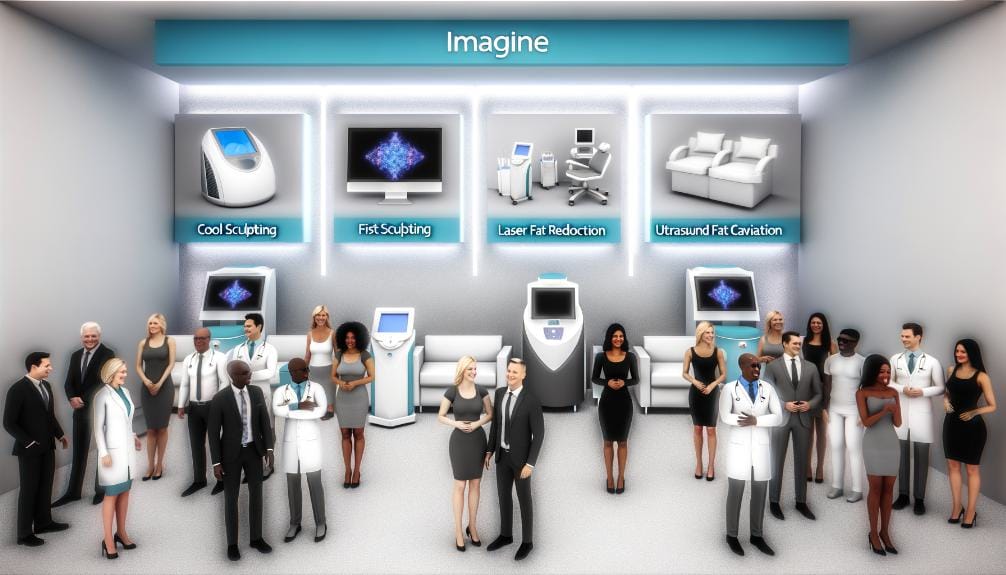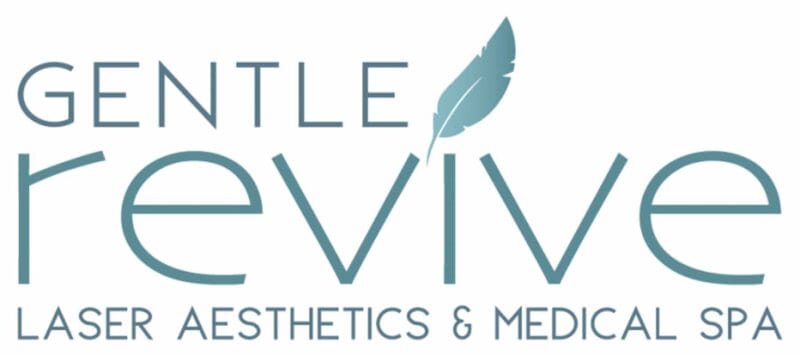
Surprisingly, as we've collectively become more important-conscious, our curiosity towards non-invasive fat reduction techniques has surged. We've observed the laser lipo evolution, cryolipolysis breakthroughs, and radiofrequency advancements reshape what's possible in body contouring without the need for surgical intervention.
These methods not only promise minimal downtime but also increasingly effective results, leveraging the latest in technological innovations. As we navigate through these top trends, it's essential to understand their underlying mechanisms, effectiveness, and potential implications for the future of cosmetic procedures.
Join us as we explore the cutting-edge developments that are setting new standards in the field of non-invasive fat reduction.
Laser Lipo Evolution
Over the past decade, we've witnessed a significant evolution in laser lipolysis, marked by advancements in technology that have enhanced its safety and efficacy. Initially designed as a less invasive alternative to traditional liposuction, laser lipolysis employs targeted laser energy to liquefy fat cells, which are then naturally expelled by the body. We've seen a shift from first-generation devices, which required longer recovery times and presented a higher risk of side effects, to the latest models that offer more precise control over the laser's intensity and depth of penetration.
This technical leap has been pivotal in reducing patient downtime and improving overall outcomes. The introduction of wavelength variability has allowed us to tailor treatments to individual patient needs, optimizing fat reduction while minimizing damage to surrounding tissues. Additionally, real-time temperature monitoring systems have been integrated into devices, ensuring that the procedure remains within a safe thermal threshold, thereby mitigating risks of burns or other tissue damage.
Collectively, these advancements haven't only expanded the applicability of laser lipolysis to a broader patient demographic but have also strengthened its position as a cornerstone in the field of non-invasive body contouring. We're now able to achieve more predictable and refined results, making laser lipolysis a preferred option for fat reduction.
Cryolipolysis Breakthroughs
Following the advancements in laser lipolysis, we've also observed significant breakthroughs in cryolipolysis, enhancing its effectiveness in non-invasive fat reduction. These innovations stem from improved understanding of adipose tissue response to cold exposure, leading to the development of more sophisticated devices capable of targeting fat cells more precisely without damaging surrounding tissues.
Recent studies have focused on optimizing the cooling process to induce apoptosis in fat cells more efficiently. By fine-tuning the temperature and duration of exposure, researchers have managed to increase the percentage of fat reduction in treated areas. This precision allows for a more controlled and effective treatment, reducing the risk of side effects such as skin irritation or uneven fat removal.
Moreover, advancements in applicator technology have broadened the treatment's applicability to various body parts. New applicator designs can conform better to different body contours, offering a more comfortable experience for patients and enabling practitioners to target fat deposits more accurately.
We're now seeing a push towards combining cryolipolysis with other non-invasive techniques to enhance overall results. However, these synergistic approaches are still under investigation, with preliminary findings suggesting they could significantly improve fat reduction outcomes by targeting multiple aspects of fat metabolism simultaneously.
Radiofrequency Advancements
In recent years, we've witnessed significant advancements in radiofrequency technology, revolutionizing the field of non-invasive fat reduction by enhancing efficiency and patient comfort. This progress has primarily been driven by innovations in device design and the precision of energy delivery systems. We now see machines that offer more controlled and uniform heating of fat tissues, leading to more predictable and satisfactory outcomes.
These advancements have allowed us to target deeper fat layers without damaging the overlying skin or surrounding tissues. The specificity of frequency adjustments makes sure that we can customize treatments to individual patient needs, optimizing results. Additionally, improvements in cooling mechanisms have simultaneously protected the skin, making procedures safer and more comfortable for patients.
We've also observed a notable reduction in treatment times due to these technological enhancements. Where sessions once lasted over an hour, many can now be completed in as little as 30 minutes, without compromising on efficacy. This efficiency hasn't only improved patient throughput but has also notably enhanced patient satisfaction rates.
Conclusion
To sum up, we've observed significant advancements across laser lipo, cryolipolysis, and radiofrequency domains in non-invasive fat reduction. These trends highlight our industry's move towards more efficient, less painful, and quicker recovery methodologies.
Laser lipo's evolution presents refined targeting capabilities, while cryolipolysis has seen remarkable breakthroughs in fat cell crystallization efficiency. Radiofrequency advancements offer enhanced deep-tissue treatment precision.
Collectively, these developments promise a future where fat reduction isn't only more accessible but also more effective and patient-friendly.




© All Copyrights 2023-2024 by Utah Lipo & Body Sculpting








